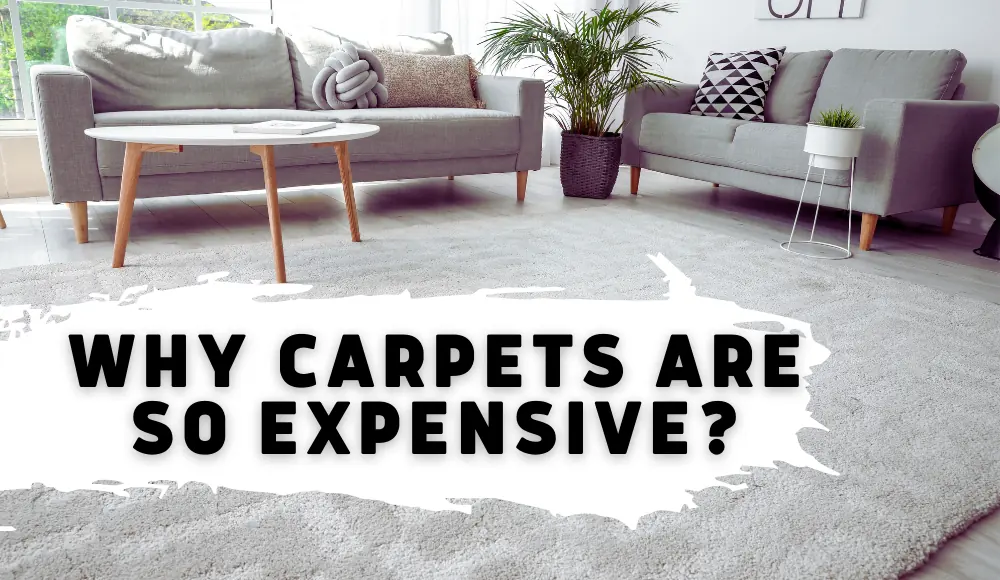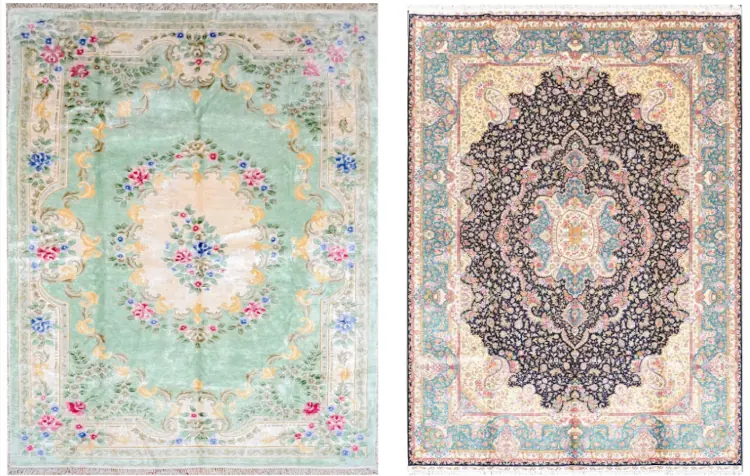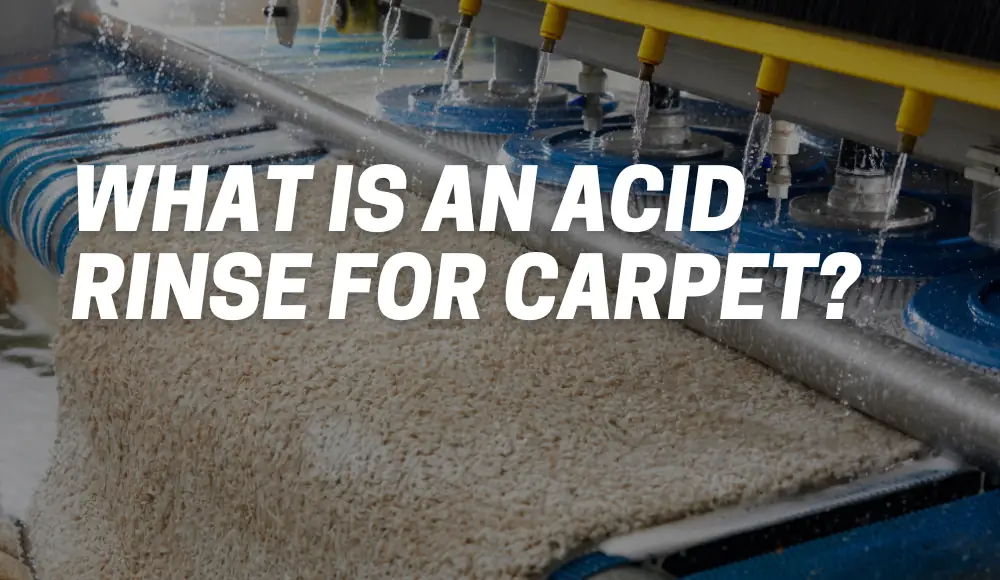Last updated on September 12th, 2023 at 12:20 am
Carpets are an essential part of home decor, providing comfort and warmth to any living space. However, they come with a hefty price tag that may leave many wondering why carpets are so expensive.
Despite the availability of cheaper options, high-end carpets remain in demand for those seeking the ultimate in luxury and design for their homes. There are several reasons why carpets are often considered expensive.
The Cost of Comfort: Why Carpets Are So Expensive
What are expensive carpets made of?
First and foremost is their production using high-quality materials such as wool, silk, or nylon. These materials provide durability, softness, and comfort unmatched by cheaper alternatives like polyester or acrylic.
The farming and collection of wool or silk alone requires precision and care to ensure the highest quality fibers, which is reflected in their cost.
Another factor contributing to the cost of carpets is the intricate production process involved in creating each piece.
From weaving to dyeing, every step requires skilled laborers with years of experience in order to create each carpet with impeccable quality. The process can take several weeks or even months depending on the complexity of the design and customization requested by customers.
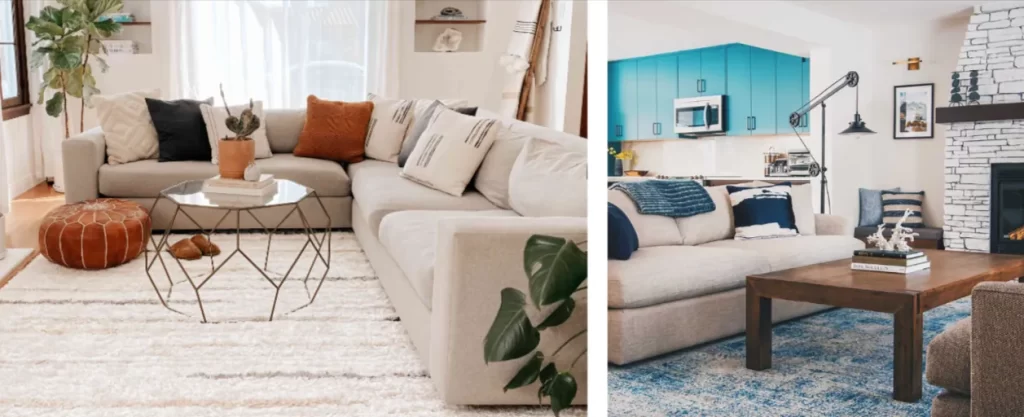
The amount of work that goes into creating a single carpet is truly remarkable which makes them worth every penny spent on them.
In addition to materials and labor costs, another reason why carpets are expensive is due to market demand.
Handmade rugs have been a symbol of status for centuries across different cultures; owning one meant having access to wealth, power, and prestige. Even nowadays this concept remains true where people consider handmade rugs as a symbol of luxury which makes them highly sought-after products thereby increasing their prices over time.
There are several factors contributing to why carpets have such high price points – from the use of premium materials like wool or silk to complex production processes requiring experienced craftsmen’s expertise all these factors working together in harmony under great supervision lead these products towards being more expensive than any other product in the market.
However, despite their cost, carpets remain a popular luxury item for those seeking the ultimate in comfort and style for their homes, making them a worthwhile investment for any homeowner looking to create a sophisticated living space.
| Factors Contributing to the Cost of Carpets |
|---|
| High-quality materials (wool, silk, nylon) |
| Precise farming and collection of materials |
| Intricate production process |
| Skilled labor and craftsmanship |
| Time-consuming production |
| Market demand, limited supply and perception of luxury |
| Unmatched durability, softness, and comfort |
| Enhances the overall aesthetics of a home |
| Market demand, limited supply, and perception of luxury |
| Symbol of wealth, power, and prestige |
Materials: The Backbone of Carpet Production
When it comes to carpets, the materials used in production can make all the difference in quality and pricing.
Some of the most common materials utilized by the carpet industry are
- wool
- silk
- nylon
- and polyester.
Each material has its own unique characteristics that impact the softness, durability, and longevity of a carpet.
Wool
Is wool carpet the most expensive?
Wool is one of the most popular materials used in high-end carpets due to its natural properties. Wool is not only soft to the touch but also has an excellent ability to resist stains and wear.
The resilience of wool fibers allows carpets made from this material to maintain their shape even after heavy foot traffic. However, wool can be expensive due to its processing cost – it takes more time and care compared to synthetic fiber production methods.
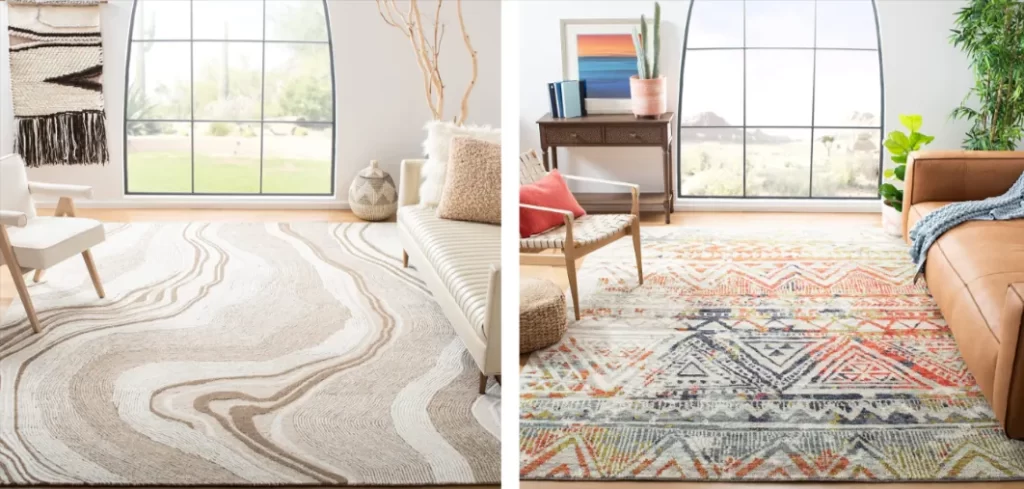
Silk
Silk is another luxurious fiber commonly utilized in high-quality carpets. Silk fibers have a natural sheen that adds depth and richness to carpet designs.
Additionally, silk is incredibly durable despite its delicate appearance; however, it’s also costly because of how difficult it is to produce at scale.
Nylon
Nylon is perhaps one of the most durable synthetic fibers for carpets on the market today.
It’s easy to clean and resists wear over long periods of time compared to other materials – making it ideal for high-traffic areas like living rooms and hallways.
Nylon costs less than wool or silk since fewer resources are used during production. However, nylon doesn’t have quite as luxurious a feel as wool or silk which may be a turn-off for some customers who desire that touchable softness underfoot.
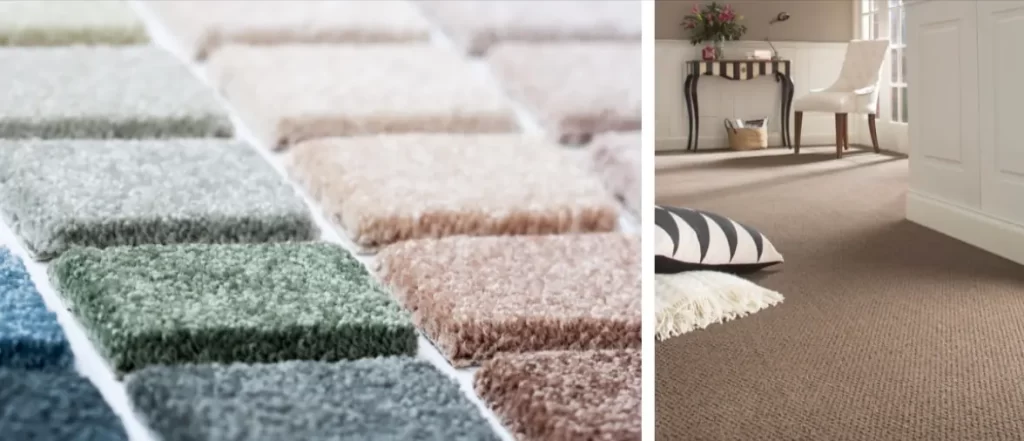
Polyester
Polyester fiber is another popular choice among consumers looking for budget-friendly options when shopping for new carpeting.
Despite being less expensive than other materials mentioned above, polyester fibers are still strong enough for low-to-moderate foot traffic areas like bedrooms or home offices.
Polyester often features bright colors that won’t fade over time, making it a great option for those who want to add some flare and color to their home without breaking the bank.
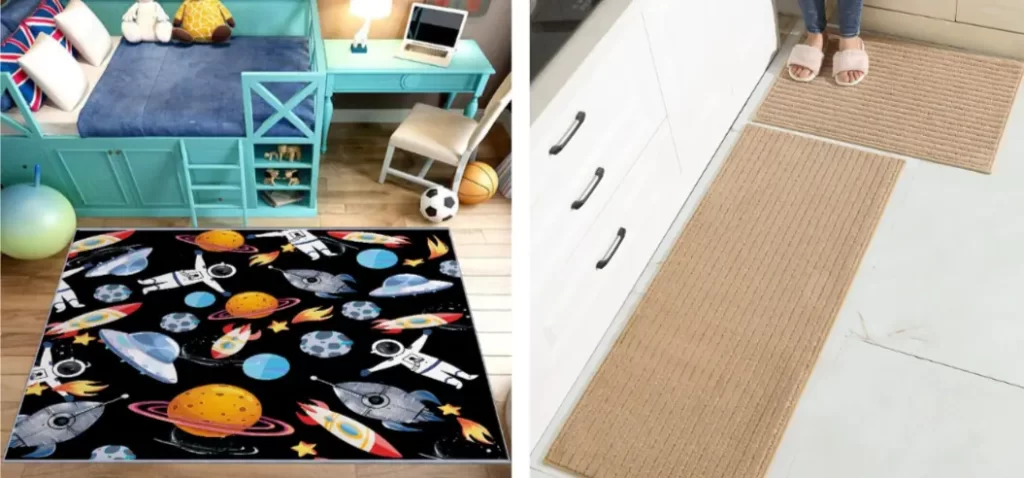
The material used to manufacture a carpet can have an outsized effect on the final price. When shopping for a new carpet, customers should consider their budget and choose materials that will best suit their needs.
The Making of a Masterpiece: Production Process
The production process of a carpet is a lengthy and intricate series of steps that require skill, patience, and attention to detail. Each step contributes to the overall cost of the carpet, making it an expensive investment for any homeowner.
One crucial step in making a carpet is weaving. This involves the interlacing of warp and weft threads to create the base structure of the carpet.
Weaving can be done by hand or machine, with hand weaving being more time-consuming and therefore more expensive.
The quality of weaving determines not only the durability but also the aesthetic appeal of the final product.
A well-woven carpet will have a tight weave that allows for intricate designs and patterns while maintaining its shape over time.
Another important aspect is dyeing, which can be done before or after weaving depending on the desired pattern or color scheme.
Natural dyes such as indigo or madder root are often used for high-end carpets, as they offer unique shades and tones that cannot be replicated by synthetic dyes. However, natural dyeing is a labor-intensive process that requires expertise in chemistry as well as knowledge of traditional methods.
Synthetic dyeing can be done faster and at a lower cost but may not offer the same depth or subtlety in coloration.
All these steps are critical in producing high-quality carpets, but they also add to their cost.
Skilled artisans who devote years to perfecting their craft perform each step with care and precision, ensuring that every detail is accounted for before moving on to the next stage. The result is an exquisite piece whose value reflects not only its beauty but also its complexity and uniqueness.
The Cost of Skilled Labor
How Skilled Labor Affects Pricing
One of the biggest factors contributing to the high cost of carpets is the need for skilled labor during production.
Given that highly skilled labor is such an important part of carpet production, it’s no surprise that it also has a big impact on pricing. In general, carpets made using more labor-intensive techniques will be much more expensive than those created using automated methods or machines.
While machine-made carpets can certainly be beautiful in their own right, they simply cannot match the intricacy and detail that is possible with handmade rugs. As mentioned earlier, wages for skilled artisans are a major contributor to this increased cost.
However, there are other factors at play as well. For example, handmade carpets may require more specialized equipment or tools than machine-made options do – another expense that must be factored into pricing decisions.
Design and Customization
The Value of Custom Designs
Let’s be honest, the standard, off-the-shelf carpet options found in most stores can be quite bland. This is where custom designs come into play. By offering personalized options, carpet makers can cater to a variety of tastes and styles.
The process for customizing a carpet can range from something as simple as choosing color schemes to more complex designs that require detailed patterns. This level of customization is not only unique but also comes with a higher price tag.
Each design requires additional effort on the part of the manufacturer and often involves specialized materials or techniques to bring it to life.
But for those willing to pay extra, they can enjoy a truly one-of-a-kind piece that perfectly fits their space and style.
The Appeal of Unique Features
In addition to custom designs, some manufacturers offer unique features that add value to their carpets.
For example, some companies offer carpets made from eco-friendly materials or those with hypoallergenic properties for customers with sensitive allergies.
Others may incorporate high-tech features like stain resistance or self-cleaning capabilities.
These added features not only increase the price but also appeal to specific subsets of consumers who prioritize certain attributes over others. While some may view these features as unnecessary expenses, for others they are essential requirements that justify the higher cost.
Market Demand: The Power of Supply and Demand
The market demand for carpets is a significant factor in determining their price.
If a carpet is in high demand, the price will typically be higher than if it were not as popular. Similarly, if a particular style or type of carpet is rare, it may also come with a higher price tag due to its limited availability.
The supply and demand for carpets may also fluctuate based on current trends, fashion, and cultural preferences. For example, oriental-style rugs have been popular for centuries and tend to be more expensive due to their classic design and intricate details.
In contrast, modern-style carpets with bold patterns and bright colors are currently in high demand right now because they fit perfectly with contemporary interior design aesthetics.
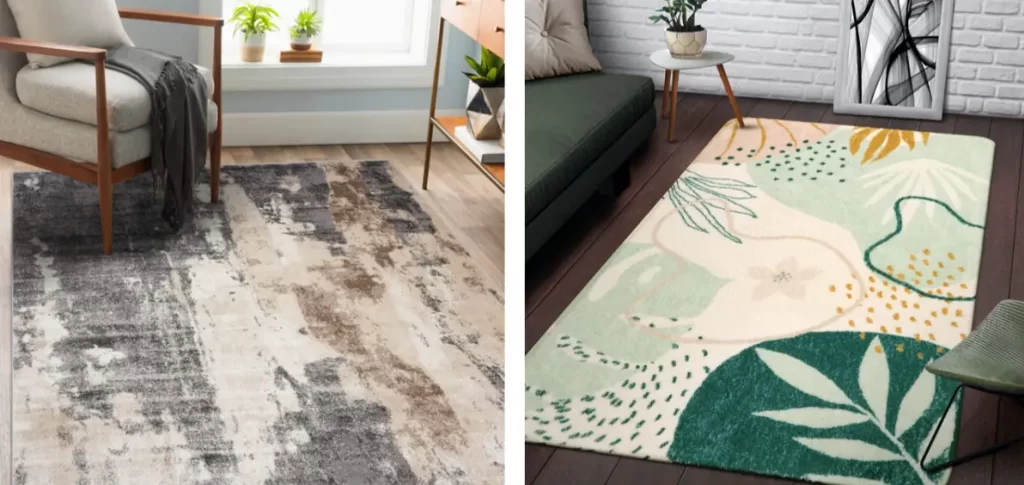
The Rarity Factor: Why Some Carpets Are More Expensive Than Others
The rarity factor can occur when specific styles or materials are more challenging to produce or obtain than others.
For example, some woolen fibers used in making carpets can only come from specific breeds of sheep found in certain regions worldwide.
If the supply of these specialty fibers is low or there are fewer skilled weavers who can work with them, the cost per square foot of carpet increases.
Additionally, individual pieces that are handmade instead of mass-produced will inherently be more expensive simply because they require more time-intensive labor.
Therefore some unique patterned designs might come at premium prices compared to readily available ones because each carpet created from that custom pattern demands specialized attention from start to end justifying their price tags.
All these factors trickle down into the final cost one pays while purchasing a luxurious carpet.
Maintenance and Longevity
Why Investing in a High-Quality Expensive Carpet May Actually Save Money in the Long Run
It may seem counterintuitive at first glance, but investing in a high-quality expensive carpet may actually save money in the long run.
While cheap carpets may seem like an attractive option due to their low price tag, they often have a shorter lifespan due to lower-quality materials and construction methods.
On the other hand, high-quality expensive carpets are designed with durability in mind. When you purchase an expensive carpet made from superior materials such as wool or silk, you’re investing in something that is built to last.
With proper care and maintenance over time, your expensive carpet will maintain its beauty and functionality for years longer than a cheaper alternative would. This means fewer replacements over time which equal less money spent on purchasing new carpets frequently – ultimately making it a more cost-effective choice overall.
Conclusion: Why Carpets are so Expensive?
Carpets are indeed expensive due to various factors. The materials used, the intricate production process, the skilled labor required, customization options, and market demand all contribute to the cost.
Carpets are often made from luxurious materials like wool and silk which require a lot of time and effort to handle. Additionally, the production process itself is quite complex and lengthy – each step requires precision and attention to detail.
As a result, it’s no surprise that high-end carpets cost so much. In addition to their aesthetic appeal, carpets are also practical investments in your home or business.
They provide warmth underfoot during cold temperatures while providing insulation which helps lower energy bills.
With proper care and maintenance, a quality carpet can last for decades which makes it a durable investment for your home.
Are expensive carpets worth it?
So while carpets may be considered expensive at first glance, they offer many benefits that make them worth the investment in the long run.
If you’re looking for luxurious flooring options that provide both comfort and style – then it’s safe to say that investing in an expensive carpet is definitely worth considering.
